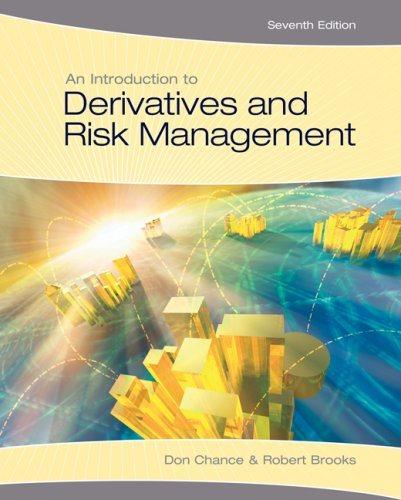21. (Concept Problem) A convertible bond is a bond that permits the holder to turn in the...
Question:
21. (Concept Problem) A convertible bond is a bond that permits the holder to turn in the bond and convert it into a certain number of shares of stock. Conversion would, thus, occur only when the stock does well. As a result of the option to con- vert the bond to stock, the coupon rate on the bond is lower than it otherwise would be. A new type of financial instrument, the reverse convertible, pays a higher-than-normal coupon, but the principal payoff can be reduced if the stock falls. Let us specify that the principal payoff of the reverse convertible is FV, the face value, if SS, where S, is the stock price when the bond is issued. If Sr So the principal payoff is FV(S/S). Thus, for example, if the stock falls by 10 per- cent, Sr/So, the principal payoff, is 0.9FV. Show that this payoff (FV if ST> S, and FV(S/S) if SS) is equivalent to a combination of an ordinary bond and a cer- tain number of European puts with an exercise price of So. Determine how many puts you would need.
Step by Step Answer:

An Introduction To Derivatives And Risk Management
ISBN: 9780324321395
7th Edition
Authors: Don M. Chance, Roberts Brooks






